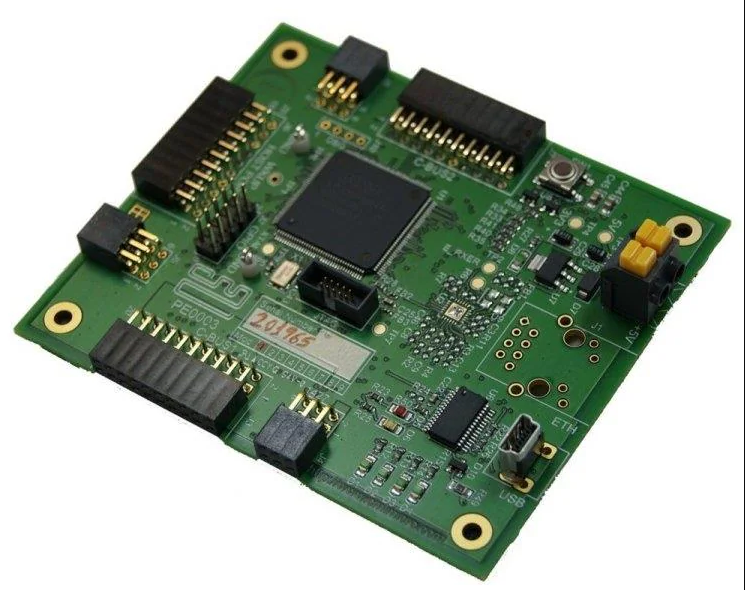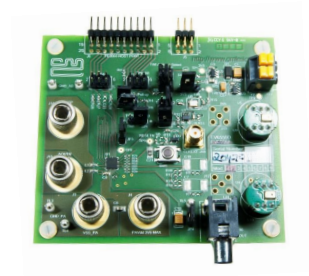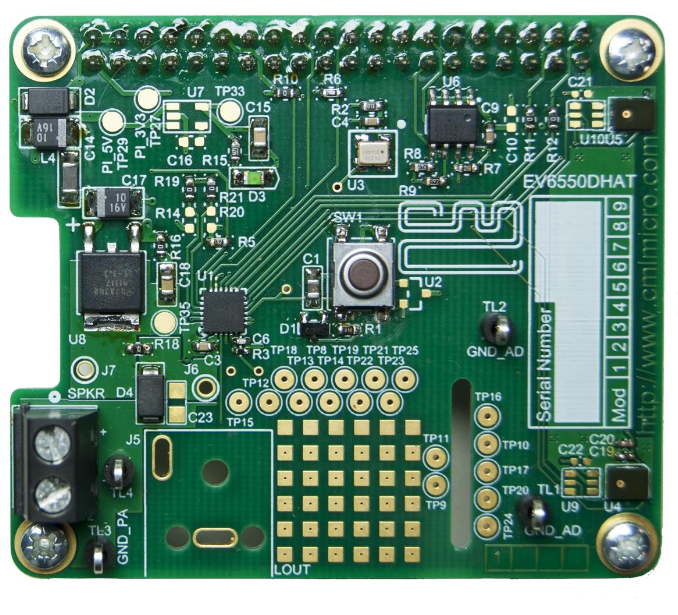Digital Voice
CMX655D – Ultra-low Power Voice Codec
The CMX655D is an ultra-low power voice codec targeted at digital voice and sensor applications that require the lowest possible power consumption, including battery powered and small form-factor applications.
Traditionally voice codecs have interfaced to electret microphones and speakers providing A to D and D to A functions, using precision oversampling data converters. Recent advances in microphone design using MEMS techniques are now changing this, along with higher efficiency speaker driver architectures such as Class D topologies. Both of these advances enable significant reductions in power consumption which is needed to address new applications such as voice control, that require always-on operation. Such applications that are often battery powered, driving the need for ultra-low power consumption.
The CMX655D addresses these needs, providing an update to the traditional voice codec, that is both very low power and small in size. Microphone interfaces connect single or dual MEMS microphones to the device, with parallel processing of each data stream to maintain phase alignment between the two channels.
In the reverse channel, digital voice data drives a Class D speaker driver, also featuring programmable filtering and digital gain control. This architecture operates with much higher efficiency than conventional speaker drivers. An additional low level output is also provided.
The device interfaces via standard serial busses that are commonly found on many microcontrollers, DSPs and low cost single chip radio transceivers.
The CMX655D is available in a small VQFN-24 package.
Devices are available through our Distributor Network.
Features
- Digital microphone MEMS support
- High efficiency Class-D speaker driver
- Low power consumption
- 16 bit audio data
- Supports conventional telephony and HD voice (300Hz – 3.4kHz and 50Hz – 7kHz bandwidths)
- Supports audio bandwidths up to 21kHz
- Supports 8/16/32/48 ksps sample rates
- Flexible serial audio interface
- SPI™/TWI control interface
- Small 24-lead VQFN Package
- 1.8 – 3.6V supply
Applications
- Security alarm panels
- Glass break detection
- Intercom and access systems
- Mobile radio and accessories
- Wired telephony
- Voice controlled equipment
Power Supply Requirement
- 1.8 – 3.6V supply
Downloads
Design Resources
PE0003 |
The PE0003 Evaluation Kit Interface Card is a global interface system for use with evaluation kits for CML’s new generation ICs, including FirmASIC™ based products. This greatly simplifies the approach to the evaluation and design-in process. | Link to: PE0003_Product_Page |
EV6550D |
The EV6550D Evaluation Kit is designed to assist in the evaluation and application development of the CMX655D. The EV6550D is designed to interface with MEMS (Micro-Electro Mechanical System) microphone evaluation boards. | Knowledge Base
The EV6550D is now obsolete. Visit the Product Archive to download the support file. |
EV6550DHAT |
The EV6550DHAT brings the benefits of MEMS (Micro-Electro Mechanical System) microphone technology and the CMX655D voice codec to the Raspberry Pi. This is achieved through the use of a standard Hardware on Top (HAT) design and supporting “C” based firmware and GUI (Graphical User Interface). | The EV6550DHAT is now obsolete. Visit the Product Archive to download the support file. |
Q: The CMX655D Ultra Low Powered Audio Codec with PA, supports 8, 16, 32 and 48ksps sampling rates, however my application requires a sampling rate of 44.1ksps, a common rate used in recording studios and for CD’s. Should I consider the CMX655D?
A: The CMX655D Ultra Low power codec IC was developed to support portable and low powered applications such as handheld radios and intercoms systems, but it has been found useful in many other applications.
The CMX655D is a fully digital codec and as such all internal functions such as the filters and the sampling rates are derived from an internal 24.576 MHz clock. For example, 24,576,000 / 512 = 48 kHz, one of the default sampling rates. Therefore, it is possible to support 44.1 kHz by scaling this clock proportionately, for example while 48 kHz is set: 22,579,200 / 512 = 44.1 kHz
The internal 24.576 MHz clock may be sourced from the RCLK pin or from the integrated PLL. A recent test was performed to demonstrate that 44.1 kHz operation using a clock sourced from the Serial Audio Interface (SAI) was possible. To achieve this the CMX655D was operated as a clock slave with a 48 kHz sample clock (where the integrated PLL is set to be referenced to the sample period «LRCLK/FS»). Then by sending audio samples via the SAI with a sample rate of 44.1 kHz, the audio could be reproduced accurately at the Class D, PA output.
It should be noted that this method may work with any sample rate from 32 kHz up to 48 kHz. All internal clocks will scale and will affect both the microphone and speaker audio paths. However, it should be noted that the CMX655D would be operating outside the datasheet stated limits, so caution is required if attempting a new untested clock.
Note: The EV6550DHAT does not currently support sample rates outside those quoted in the CMX655D datasheet although possible with additional modification.




